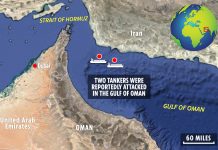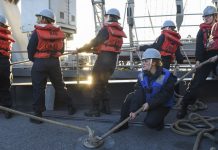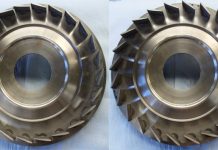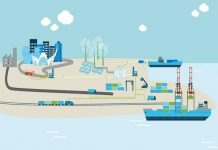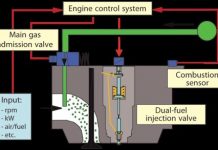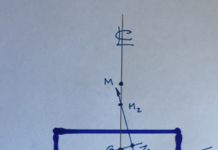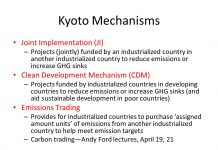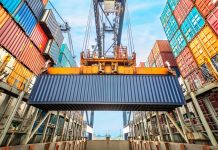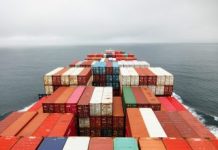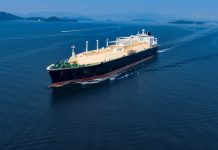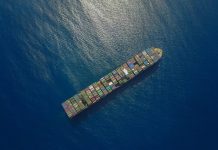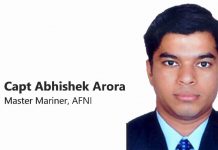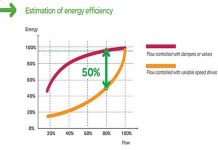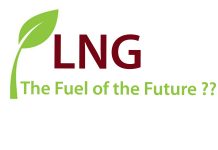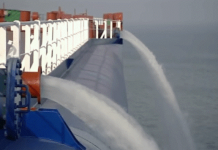The Working Principle of Variable Frequency Drives
As per recent energy report, 60 percent of the power produced on board ship is used to operate motors pumps. These pumps are controlled...
5 REASONS WHY LNG ?
Up to 90% reduction of NOx is achievable.
100% reduction in Sox emitted.
Higher calorific value than fuel oil with about 20% reduction...
DIRECTIONAL STABILITY OF THE VESSEL
A ship has available to it motion in three axes. Motion on the “X” axis is roll, motion on the “Y” axis is pitch,...
DIFFERENT TECHNOLOGIES FOR BALLAST WATER TREATMENT
The most common and economic means of transporting goods are indeed the mighty ships sailing all across the vast seas spread across the world.
Ships...
WHAT IS THE KYOTO PROTOCOL?
The Kyoto Protocol is an international agreement linked to the United Nations Framework Convention on Climate Change, which commits its Parties by setting internationally...
RVCR-The New Revolutionary Machine Mechanism
(1st among core inventions from India)
The Prelude.
This article highlights the latest development in Machine Mechanism which is based on an invention by an...
AUTO PILOT
In the early days of the marine industry, the vessels required the continuous attention of seamen to sail safely. As ship range increased, allowing...
SHIP ENERGY EFFICIENCY
Almost 90% of world trade is carried by approximately 90000 ships through sea routes. Just like other modes of transportation which uses fossil fuels,...
RVCR – The New Revolutionary Machine Mechanism
(1st among core inventions from India)
The Prelude.
This article highlights the latest development in Machine Mechanism which is based on an invention by an...
FUEL CELL TECHNOLOGY: THE MOST PRACTICAL, VIABLE ZERO-EMISSIONS SOLUTION
Batteries are a zero-emission power solution for smaller vessels that operate with short duty cycles, for example, small passenger ferries and lake service boats....





